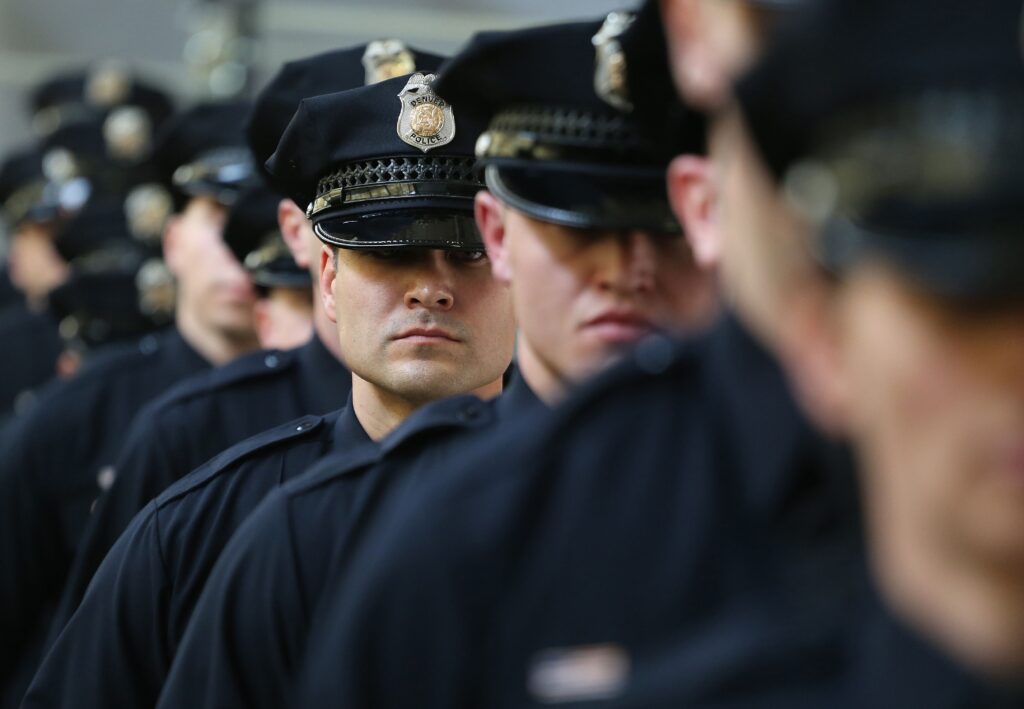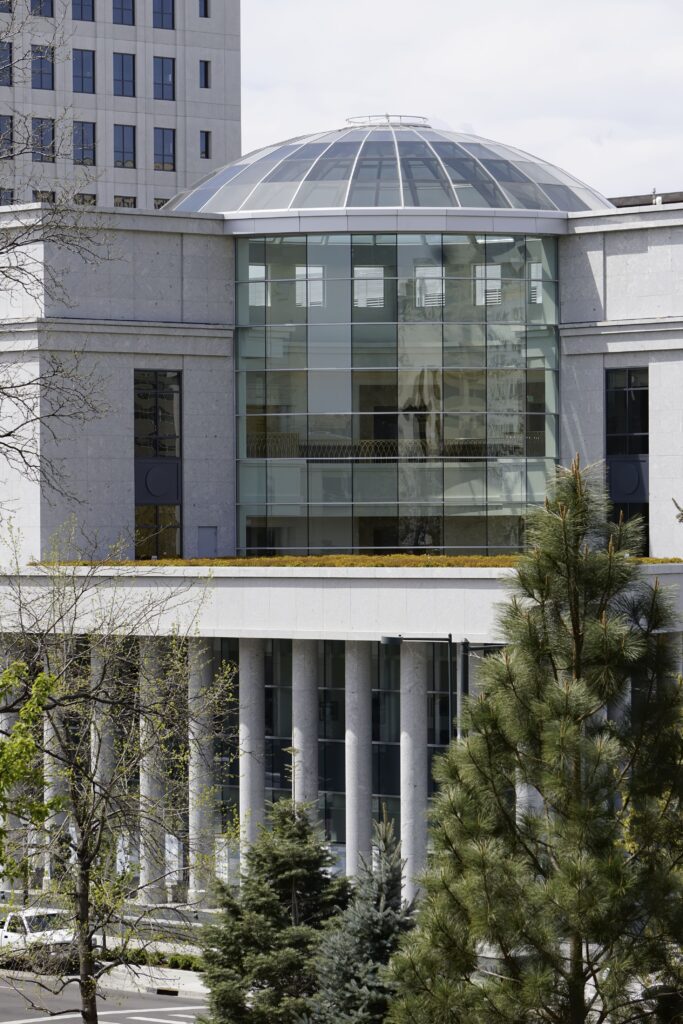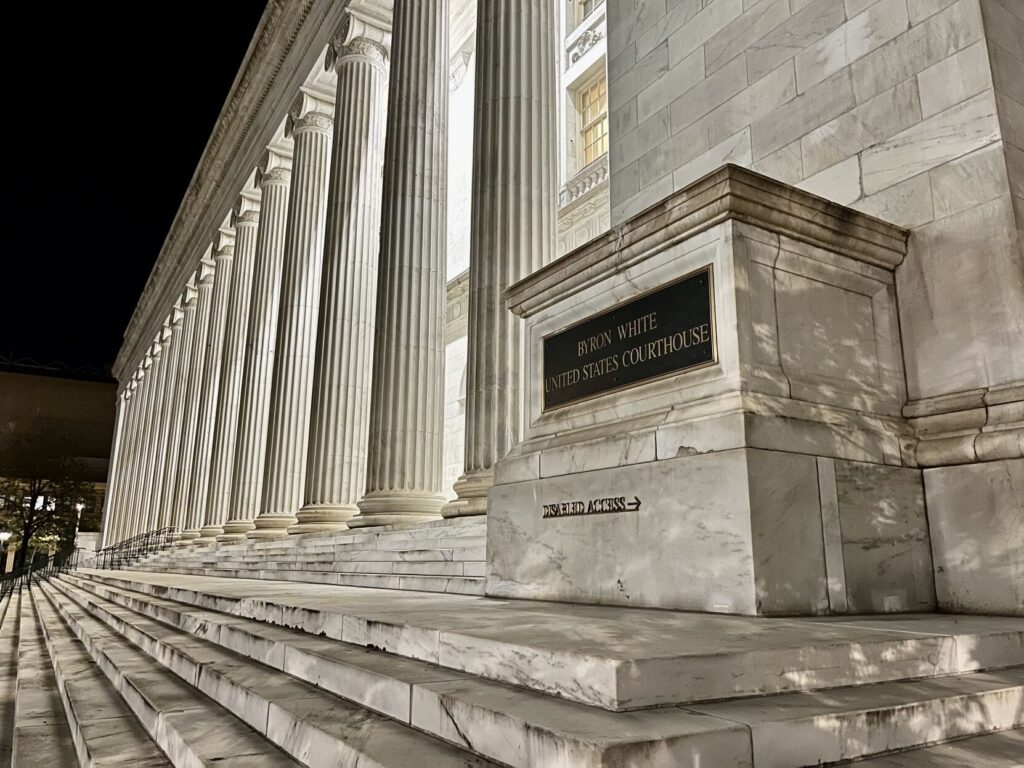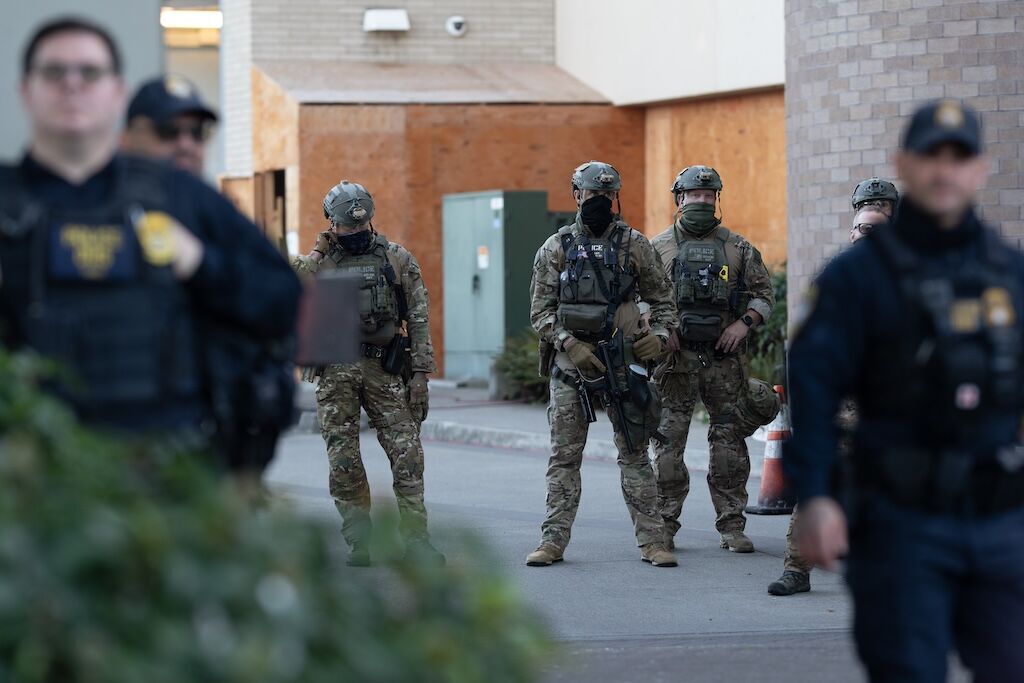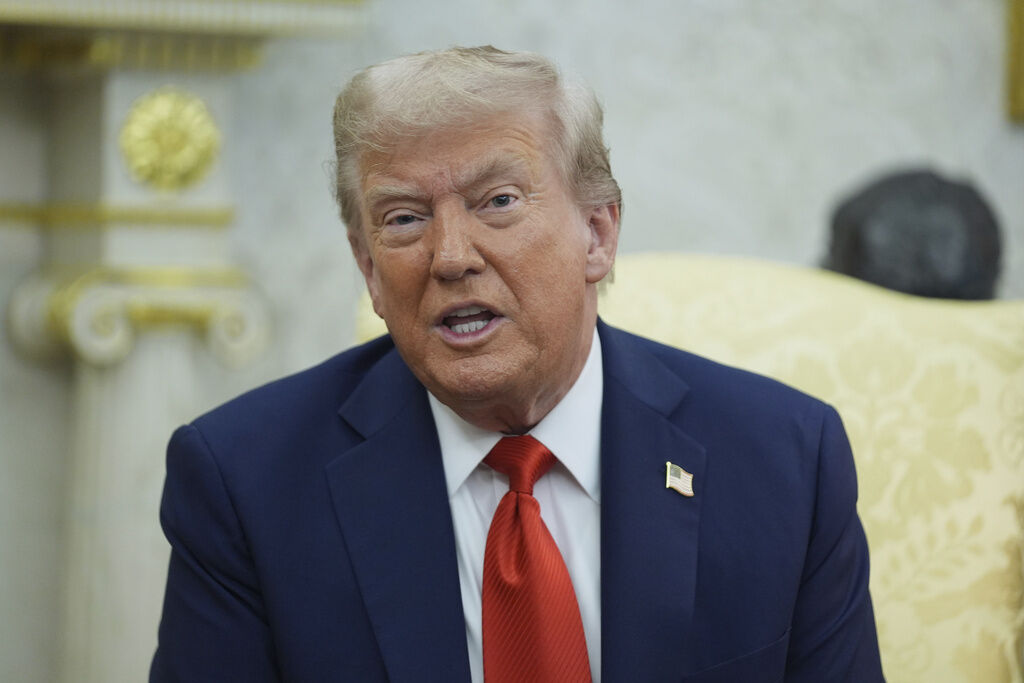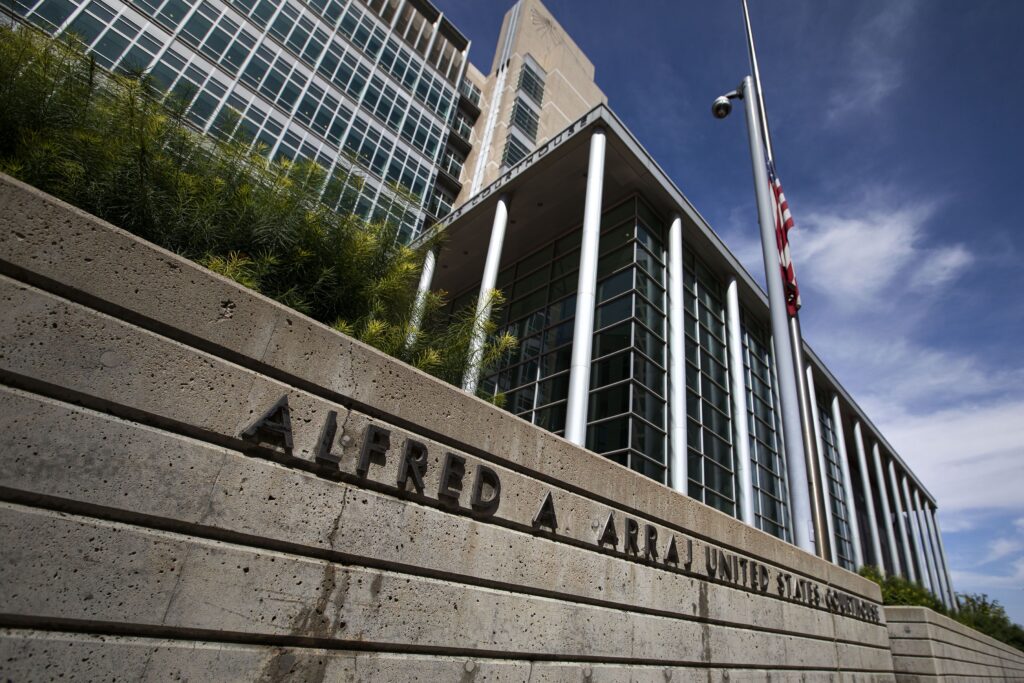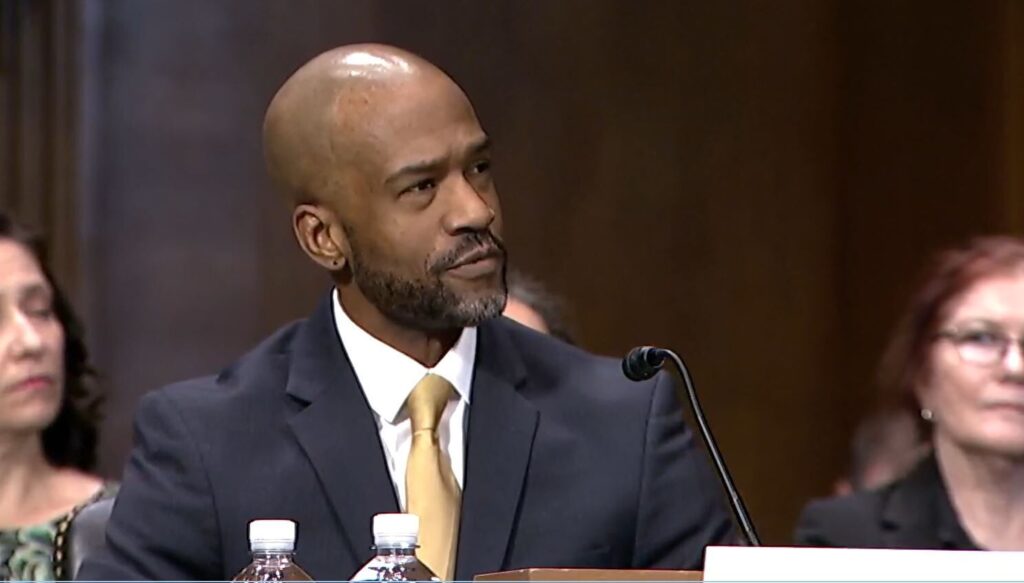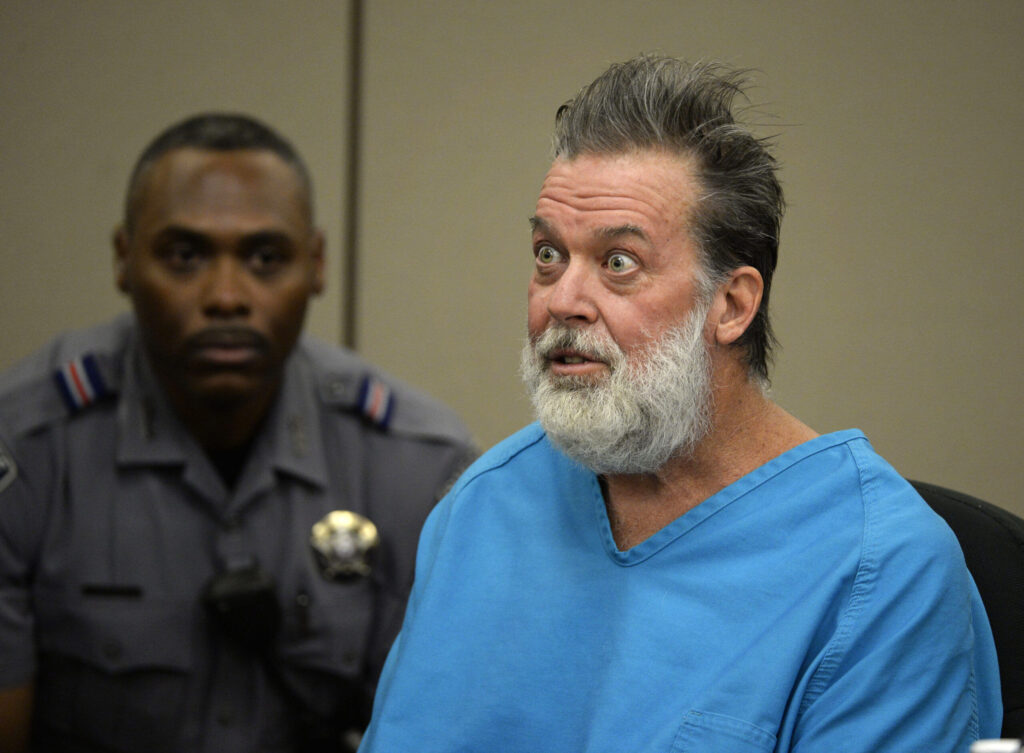‘Mental gymnastics’: Lawyers, judge dissect Colorado Supreme Court’s racial bias rule for jury selection
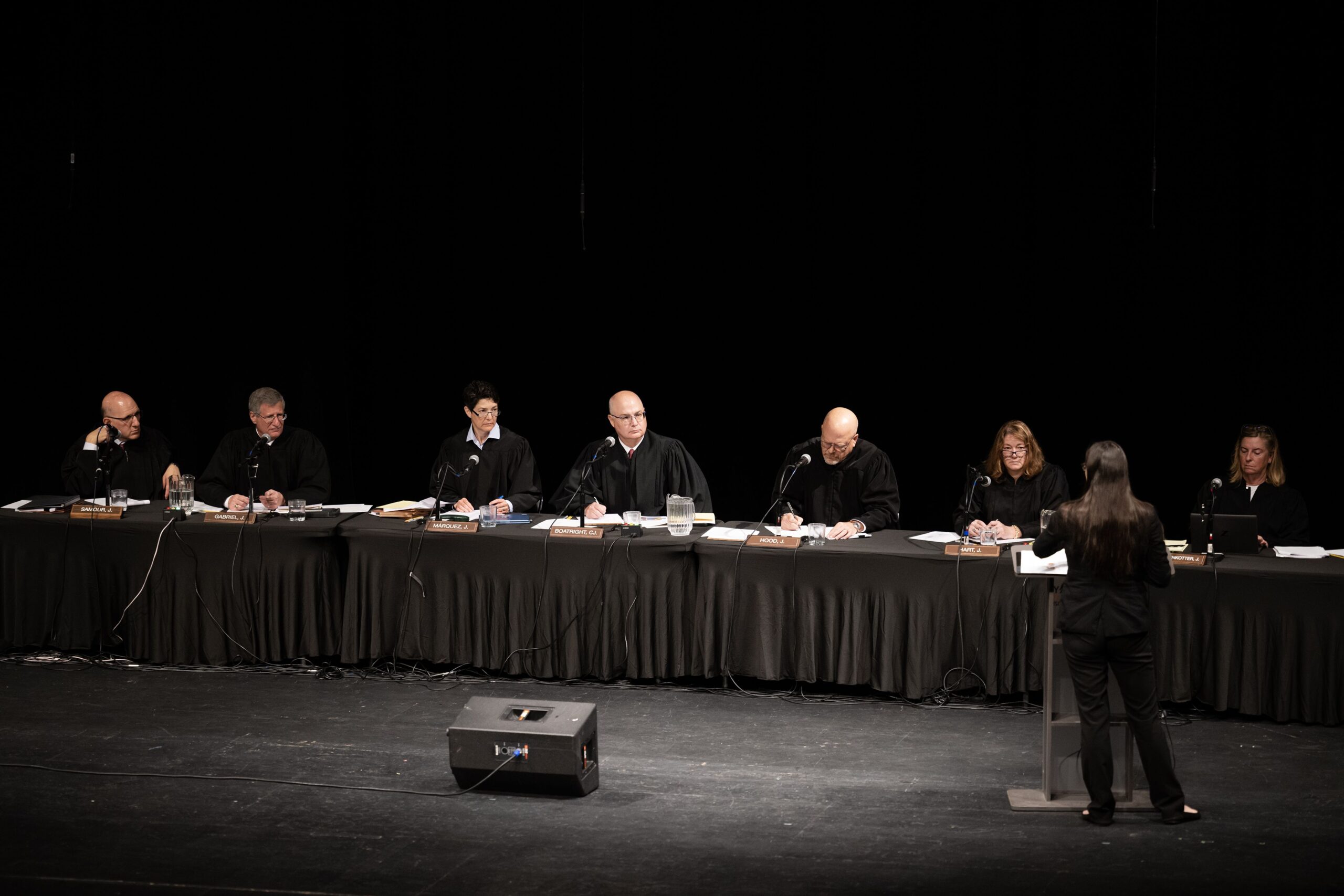
Lawyers from the prosecution and defense communities, along with a trial judge, attempted on Thursday to demystify a recent rule change addressing racial discrimination in criminal jury selection, with some head-scratching about what the Colorado Supreme Court had actually done.
“The proposal initially was not to clarify a complicated area of law, but was an opportunity, I believe, for the judiciary to recognize that historically, persons of color have been excluded from jury service, and a way to demonstrate that we in Colorado have an interest in addressing some of those historical inequities,” said Weld County District Court Judge Vincente G. Vigil. But “at some point, we’re gonna have to take larger steps forward.”
Nearly 40 years ago, the U.S. Supreme Court recognized in Batson v. Kentucky that purposeful racial discrimination in jury selection was unconstitutional. Now, if the prosecution strikes a juror of color, the defense may raise a “Batson challenge,” forcing the prosecutor to justify the dismissal with a “race-neutral” reason. The procedure applies to “peremptory strikes,” which do not require a justification for removing a juror unless there is a Batson challenge.
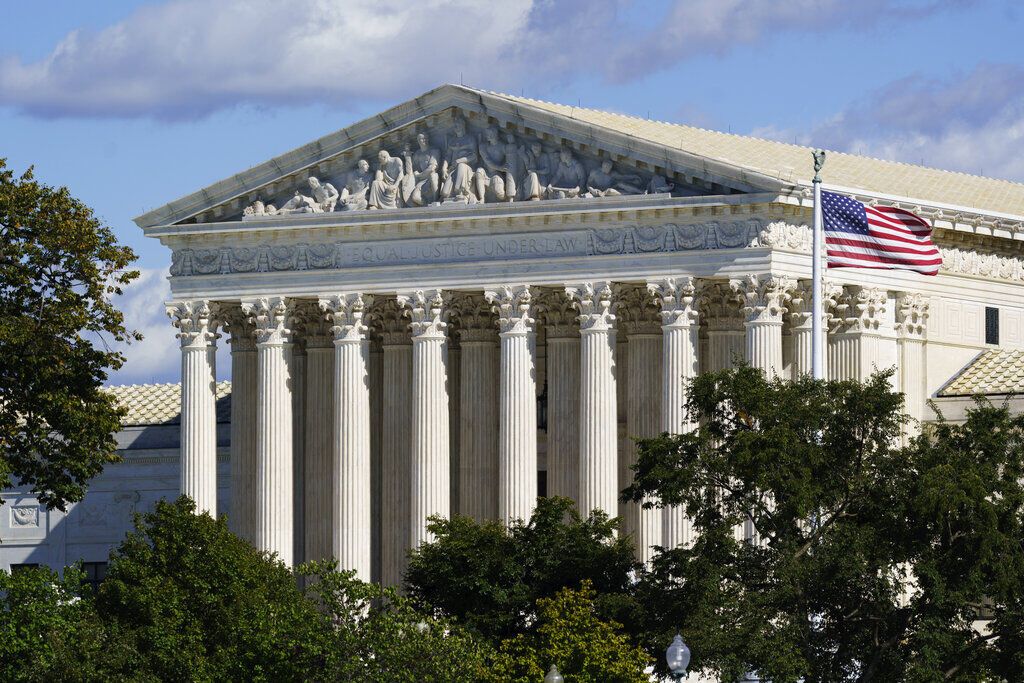
The original proposed change to criminal Rule 24 aimed to reduce less obvious forms of exclusion that are not explicitly due to a person’s race — for example, dismissing a juror of color for expressing distrust of police, living in a “high-crime neighborhood” or having prior contact with law enforcement. The rule would have also created restrictions on removing jurors for their demeanor — like when an El Paso County prosecutor dismissed a Black woman who allegedly had a “sour look on her face.”
But in June, 2.5 years after the Supreme Court received the proposal from its criminal rules committee, the justices approved a version that seemingly did something different. It formally laid out the existing process for Batson challenges and maintained the rule did not alter Batson challenges.
Yet, the justices listed some factors for judges to consider that resembled those from the original proposal. They also stated that provisions for implicit bias “are not inconsistent with Batson,” even though the original decision pertained to purposeful, not unconscious, discrimination.
Same, but also different?
At the Oct. 16 discussion sponsored by the Colorado Bar Association, panelists attempted to reconcile those features.
“The members of the Colorado Supreme Court are incredibly smart. And one of the pieces of evidence of their intelligence is, I think, this very deft sleight of hand they’ve done,” said Kevin McGreevy, an attorney who was a proponent of the original implicit bias rule.
“The mental gymnastics involved in this I didn’t really understand,” said public defender Joyce Akhahenda, who also supported the initial proposal on behalf of the Sam Cary Bar Association. “It seemed to me to be two things that directly contradict each other. I think they felt they wanted to incorporate implicit or unconscious bias in some way, but at the same time, say they’re not changing Batson in any way.”
In late May, Justice Carlos A. Samour Jr. informed the criminal rules committee that the Supreme Court had settled on consensus language that was meaningfully different from the original proposal. Samour wrote that his court was “restricted in what we can do” because of the Batson decision — even though the Washington Supreme Court adopted a similar racial discrimination rule nearly a decade ago.
He added that the justices’ behind-the-scenes discussions were “appropriately spirited.”
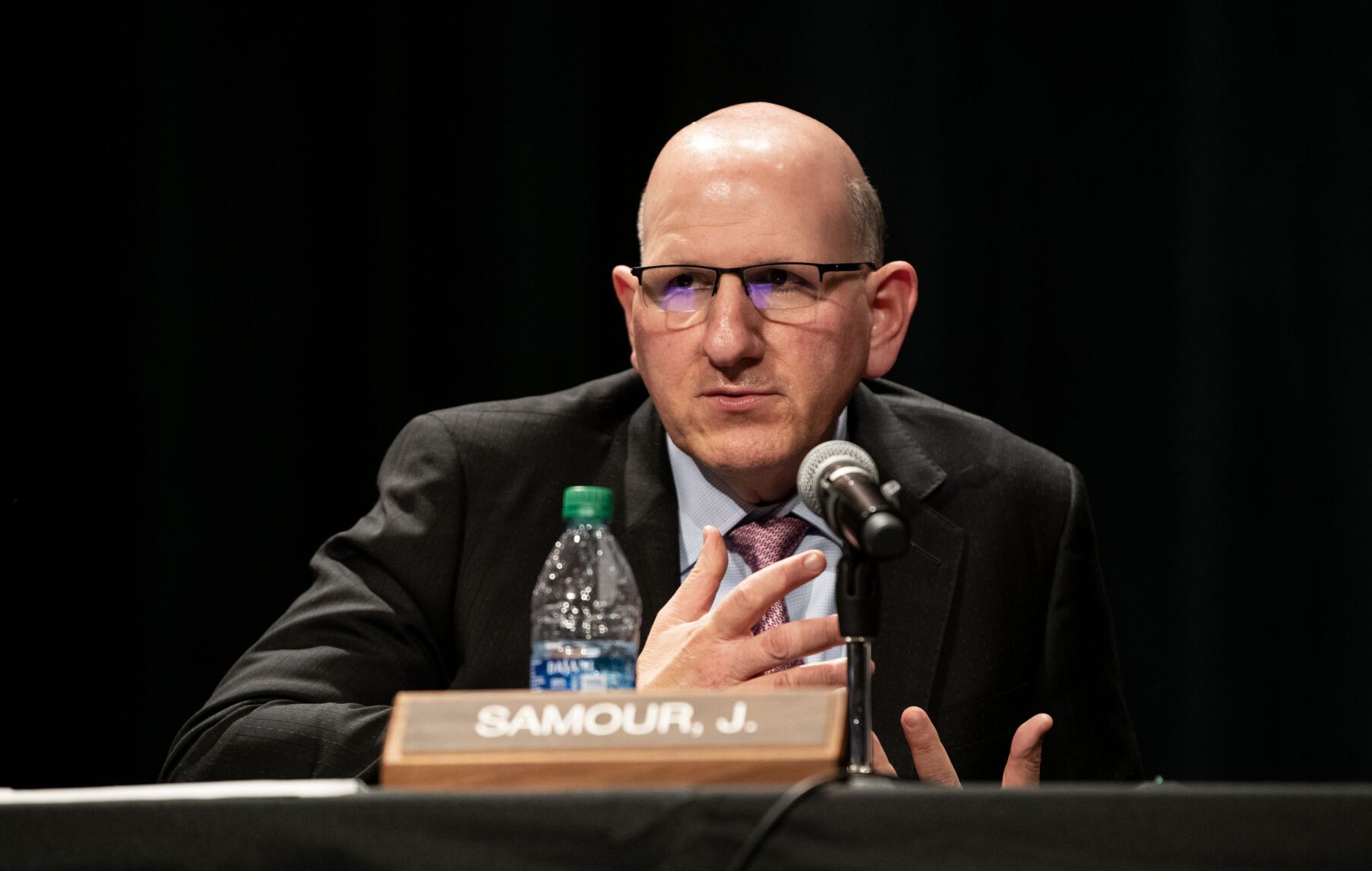
Most prominently, the court removed the original default prohibition on lawyers removing jurors of color for certain reasons that, while not explicitly racial, may nonetheless correlate with race. Those reasons included a juror’s distrust of law enforcement or belief that police engage in racial profiling.
Vigil, the Weld County judge, believed the current rule “incrementally moves the needle forward” by demonstrating that the judiciary is willing to address the exclusion of jurors for reasons related to their race.
“Where I’m conflicted is that historically, in terms of lived experience as a person of color, as a Chicano male,” he said, “very, very often are we expected as people of color to be grateful for very small incremental benefits. Where sometimes we are asking for widescale change and demonstrable steps forward, oftentimes we receive the message that ‘We’ll give you this tiny benefit, so be satisfied with that.'”
Not the end
The panelists raised one story the Supreme Court heard at the February 2023 hearing on the original Rule 24 proposal. One trial judge recalled speaking to a Black juror who admitted he almost did not show up because people from his community were routinely dismissed at the outset. Vigil said those were the people who the proposal was intended to benefit.
“It would be very, very easy for me right now to get on the Internet and watch a video of a Black man being murdered by law enforcement,” he said. “So, a person of color who is being bombarded by these images … of course they’re going to have that negative impression (of the legal system). But that doesn’t mean they can’t be rational actors and they can’t make decisions.”
The panelists addressed the Supreme Court’s clear signal from a 2024 decision that it would rather lawmakers abolish peremptory strikes altogether as a means of combating racial discrimination in jury selection.
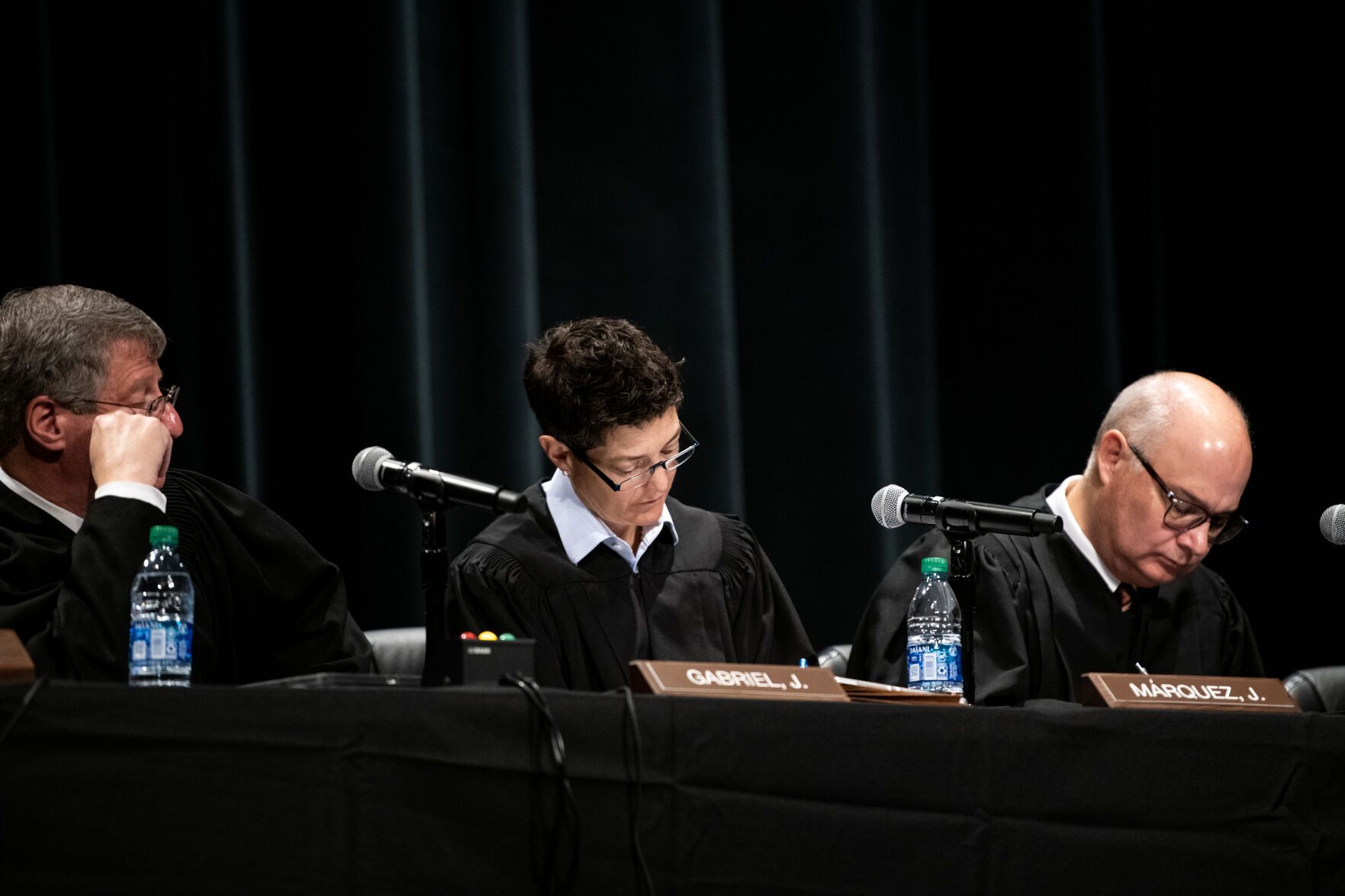
Gordon McLaughlin, the elected district attorney for Larimer and Jackson counties, said peremptory strikes give him and other attorneys more control over how their cases play out. But he suggested there may be options beyond eliminating peremptory strikes or beefing up Rule 24.
“Do we need to be paying jurors better for their time? Do we need to provide child care?” he said. “Should we be undergoing changes like that? I think those would be great, beneficial changes to create more equitable, diverse juries.”
Other panelists pointed out that a system in which only challenges for cause existed would not necessarily eliminate race-based juror strikes, as judges themselves may still harbor implicit bias.
“There are many judges in the state of Colorado that are passionate champions of equity,” said Vigil. “There are many judges on the bench in Colorado that don’t have any interest in addressing these issues.”
McGreevy observed there are no data illustrating juror dismissals by race. In Washington, whose racial bias rule was the model for Colorado’s original proposal, McGreevy said the reform had the desired effect: More people of color served on juries.
Vigil worried that under the Supreme Court’s adopted rule, and the removal of clearly delineated reasons against dismissing jurors of color, it will remain difficult for judges to point to instances where implicit bias was the reason for a juror strike.
And yet, countered McGreevy, the Supreme Court chose to make its new rule effective on Jan. 2, 2026 — a lead time of over six months.
“It’s a head-scratcher for me in terms of, if you’re not doing anything, why delay the implementing date?” he wondered.
“We have to try this rule and see how it plays out in different courtrooms,” added McLaughlin.
“At least there’s a discussion. At least there has been an attempt to actually discuss unconscious and implicit bias,” said Akhahenda.


